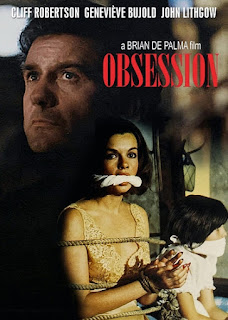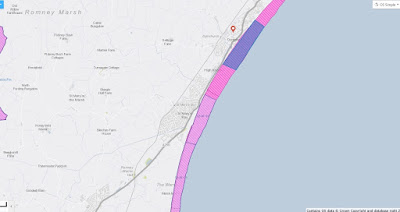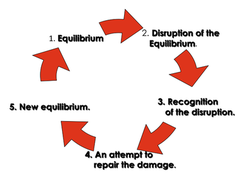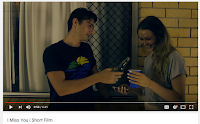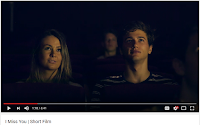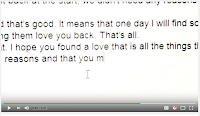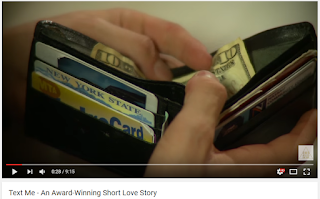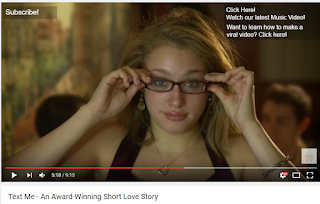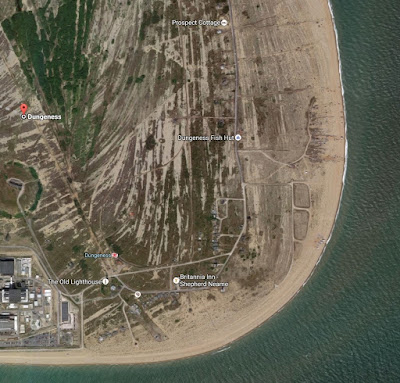10 part US documentary series - Took 10 years to film and they had 700 hours footage.
Won 4 Emmys
Documentary vs Dramatic film.
Documentary: Unscripted/ Employs real people/ Typically shot hand held/ Does not follow hollywood mise en scene
Dramatic film: Narrative and Dialogue (script driven)/ Performance led by actors/ Hollywood camera techniques/ Uses formal hollywood mise en scene.
Documentary is basically filming observation, you are filming to inform rather than necessary entertain "document reality"
Documentary was coined by John Grierson. He described documentaries as " The creative treatment of actuality"
Documentary formats:
FORMAL:
Observational/Not scripted/Not set up
Current affairs and factual (Making a murderer is an example of this)
Polemic - Putting a particular point or observation across.
HYBRID:
Reality - Much more in depth and setting up scenes for the characters
Scripted reality - Scripted a lot Like TOWIE
Drama Documentary - Dramatic reenactments of what has happened.
Narrative documentary Modes:
Most likely a documentary won't specifically fit into one group, it will go across 2 or more.
Expository - Emphasises rhetoric and information The classic voice of god documentary
Observational - Classic fly on the wall. Typically no voice over.
Participatory - onscreen relationship between the subject and interviewer.
Reflective - Makes the viewer aware of the filmmaking process Seeks to challenge our assumptions
Poetic - Artistic montage based.
Performative - filmmaker going on a journey, taking in personal experience
Making a murder is very evident in using supporting evidence (Court documents - Interviews - Papers)
Translating the facts - reconstruction of the scene before the sexual assault - POV shot of what the women would have possibly be seeing. Use of the music advocates as emotional manipulation.
Black and white photographs to show the altercation between him and his sister when he pointed a gun at her. They had to make sure they didn't blur the lines between what's real and what's not (these black and white pictures are not real)
Critical approaches to Documentaries:
Realism - Handheld - Natural light - No music. As little artificial parts as possible to keep it "authentic". Real life as it happens.
What we see is no objective, but the filmmakers version of events. What has been mediated so we see what we see. In making a murderer the Averys are made out to be outsiders to the community
Reception Theory - How the audience sees the text on screen, that might influence our opinion. You can say it has no meaning in itself, instead the meaning is created as the viewer watches the film. Other ways that you could be influenced but what you see is maybe who and where you are with. You are possibly more likely to laugh at a cinema than at home because of other people being there. You can also be influenced if you are seeing it on a phone instead of a Computer, maybe on a TV you are less immersed because you could be easily distracted by a text for example.
Ideology - Common sets of beliefs and values that relate us to the rest of the world. Could have political bias in certain documentaries. With the BBC they can't take sides, have to see both version of events and make sure it is impartial. However you can still question what point of view they are trying to take. However other stations could have a different ethos and they particularly go down a certain route to prove a certain point. Possibly motivated by owners or leaders.
The context in making a murderer is generally the realistic approach. real locations, using graphic montages and also some music is used to emphasise points.
conventional representations of who and what is in the scene. However it can be questioned why certain things are put into certain scenes.
The filmmakers aren't including their own personal opinions and leaving it as much up to the viewer as possible. However some people are left out of the documentary, you have to question if that is for a particular reason or that the other people did not want to be in the film or where unavailable.
In making a murder they say that the people that are not included are not there for any particular reason, they feel that their documentary is true, fair and unbiased.
 He is still a young director so his catalogue of films and shows he has directed in not that extensive but he has managed to show in a short space of time what an incredible director he is. After a series of short films he got into TV in 1996 and that was with sci-fi comedy which was recieved well by critics and was a success.
He is still a young director so his catalogue of films and shows he has directed in not that extensive but he has managed to show in a short space of time what an incredible director he is. After a series of short films he got into TV in 1996 and that was with sci-fi comedy which was recieved well by critics and was a success. Joh Fawcett's best received work has generally been in the Drama/Horror genre and he was known for directing "Ginger Snaps" "The Dark (2005)" and "The Boys Club". Whilst at the time of writing I have not watched these films I have read into them and they are interesting because 2/3 are with women lead actors. I like this as it shows John does not feel he has to stay with the standard stereotypes and possibly the safer option of having a male lead, he went for something different which seems to benefit his work.
Joh Fawcett's best received work has generally been in the Drama/Horror genre and he was known for directing "Ginger Snaps" "The Dark (2005)" and "The Boys Club". Whilst at the time of writing I have not watched these films I have read into them and they are interesting because 2/3 are with women lead actors. I like this as it shows John does not feel he has to stay with the standard stereotypes and possibly the safer option of having a male lead, he went for something different which seems to benefit his work. His big break however was on Orphan Black, a show made by BBC America. I personally had watched this show for years of a friends recommendation and I have loved it ever since.
His big break however was on Orphan Black, a show made by BBC America. I personally had watched this show for years of a friends recommendation and I have loved it ever since.



